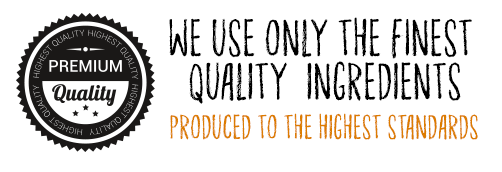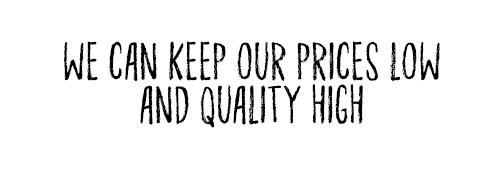Your body needs collagen. It makes the connective tissue in our skin, keeping you looking youthful!; the ligaments, cartilage and muscles, keeping us agile; and the bones and teeth giving us structure. In essence it works like glue, supporting, shaping and bulking. Your body is constantly manufacturing collagen to maintain and repair connective tissues lots to daily wear and tear.
Its own structure is similar to that of three thick chains twisted around each-other into a triple helix. This helix is made up of other nutrients called amino acids (found in protein foods). You may not know this but there are in fact over fourteen types of collagen but the most common ones are those who have probably heard of already:
Type 1: This type of collagen makes up the fibres in the connective tissues of the skin, bone, teeth, tendons, ligaments.
Type 2: Type 2 collagen forms the fibres found in cartilage.
Type 3: This form also makes up the connective tissue but this time to give strength and structure to organs such as heart, liver and the kidneys.
Type 4: Collagen type 4 forms the sheets that lie between the layers of blood vessels, muscle and the eyes.
As mentioned previously, your system can produce its own supply of collagen. However, as you age our production decreases beyond the age of 30, by 1.5% in fact. To add to this, exposure to environmental damage such as sunbathing, pollution and poor diet increase free radical damage and raises your body’s requirement for collagen. Eating a diet that includes daily amounts of good quality protein such as fish, eggs, pulses and poultry can supply the amino acids needed to make it but often demand can still outweigh supply. Supplementing the diet with Collagen can be an effective way to bridge this gap if you feel you need extra support. Research has shown that taking it in supplement form is well tolerate and digested as well as supporting some health conditions.
Vitamin C, lysine, Vitamin B3, iron and copper are key nutrients required for the production of collagen. Vitamin C combines with the amino acids to form pro-collagen which then goes on to form collagen in tissues around the body. Without sufficient Vitamin C production of collagen is reduced and a catalogue of health conditions can begin.
So where do you benefit the most from Collagen?
The Joints and Bones
According to statistics over six million people suffer from osteoarthritis and half a million suffer from rheumatoid arthritis in the UK. Osteoarthritis is where the wear and tear of every day living has worn away the cartilage in the joints, leaving bone grinding against bone. This causes great pain, inflammation and most commonly restricted movement. Rheumatoid arthritis on the other hand is a chronic inflammatory disorder typically affecting the small joints in the hand and feet. Unlike the wear and tear in osteoarthritis, rheumatoid arthritis affects the lining of the joints, causing a painful swelling that can eventually result in bone erosion and joint deformity.
Studies have shown that collagen is essential for optimum joint health. It keeps bones strong and cushions the ends of the joint to prevent bone rubbing against bone. Research has shown that collagen taken orally accumulates in cartilage, assisting in stability, repair and regeneration of vital tissue around the joints. In essence your joints need it to work smoothly and for you to feel comfortable and mobile.
Skin
The top layer of the skin, the epidermis, is the first line of protection against the environment. Collagen is found in the thickest layer of the skin below this known as the dermis. The dermis regulated temperature and supplies the epidermis with nutrients and a healthy blood supply. Collagen provides this layer with the strength and resilience it needs to support the epidermis and its protective effects against damage. It aids repair if damage occurs and supports elasticity. It is this layer that gives you that ‘youthful’ appearance of healthy skin.
With a healthy supply of collagen the skin remain solid and intact but with age, free radical damage from a poor diet or sun exposure, the skin begins to lose its strength and stability. Where young skin quickly heals, older skin (above 30 !) is not as resilient and can appear wrinkled or saggy. The collagen that once plumped up the skin is in low supply and lines can form. Supporting the supply can encourage the skins flexibility, smooth appearance and even moisturise dry skin.








